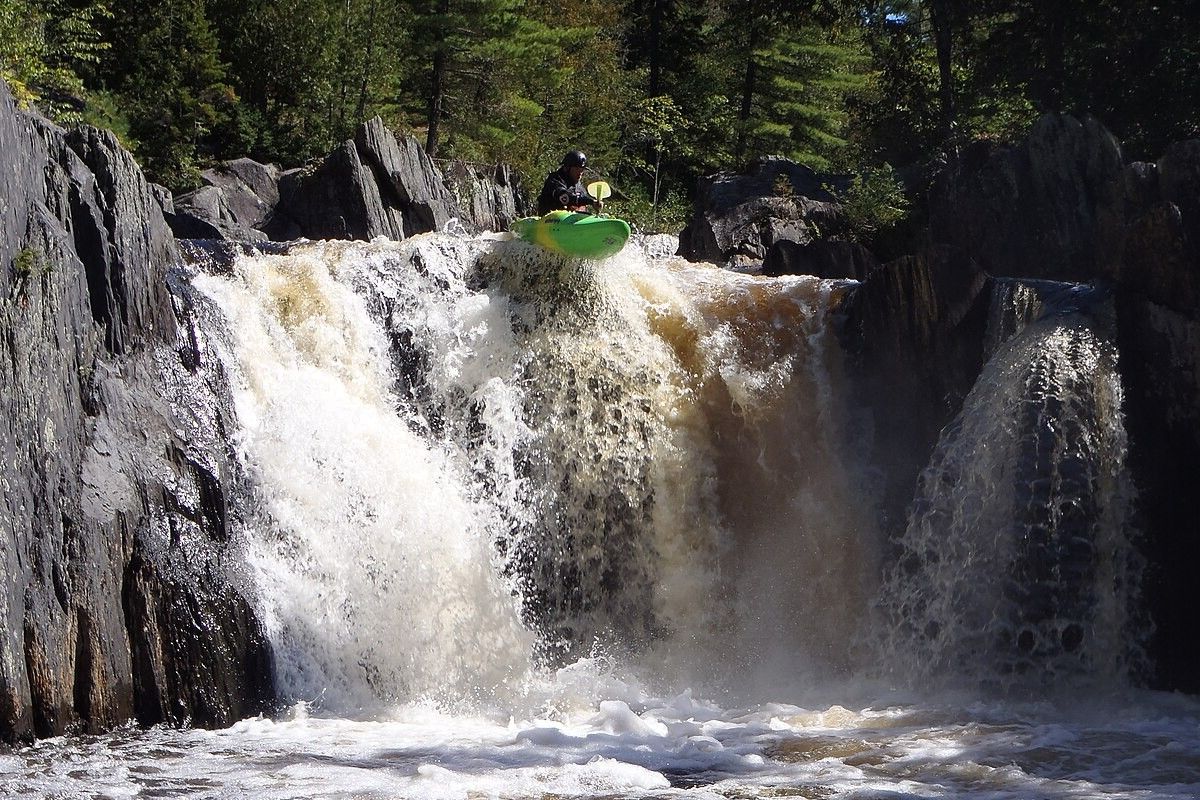Maine’s Gulf Hagas Ghost Camps

Have you ever heard of Gulf Hagas in Maine? This hidden gem, often called the "Grand Canyon of the East," offers stunning views, thrilling hikes, and a touch of mystery. One of the most intriguing aspects of this area is the Gulf Hagas Ghost Camps. These abandoned campsites tell stories of a bygone era, where loggers and adventurers once lived. Imagine walking through dense forests, hearing the rustle of leaves, and stumbling upon remnants of old cabins. It's like stepping back in time. Whether you're a history buff or just love a good adventure, exploring these ghost camps adds an extra layer of excitement to your visit.
Maine's Gulf Hagas Ghost Camps
Maine's Gulf Hagas, often called the "Grand Canyon of the East," is a hidden gem for adventurers and history buffs alike. Among its rugged landscapes and scenic trails lie the remnants of ghost camps, once bustling with life but now silent and mysterious. Let's explore some of these intriguing spots.
1. The Hermitage
The Hermitage, a cluster of ancient white pines, offers a serene backdrop for exploring the past. This area once housed loggers who worked tirelessly in the dense forests.
- Historical Significance: The Hermitage served as a base for loggers in the early 1900s.
- What to See: Old logging equipment, remnants of cabins, and towering white pines.
2. The Katahdin Iron Works
Nestled near Gulf Hagas, the Katahdin Iron Works was a bustling iron-making community in the 19th century. Today, it stands as a testament to Maine's industrial past.
- Historical Significance: Established in 1843, it produced iron for over 50 years.
- What to See: Ruins of the blast furnace, charcoal kilns, and the company store.
3. The Pleasant River Lumber Camp
This camp, located along the Pleasant River, was once a hive of activity for lumberjacks. Now, it offers a glimpse into the rugged life of those who worked the forests.
- Historical Significance: A key site for the logging industry in the late 1800s.
- What to See: Remnants of bunkhouses, old tools, and the scenic river.
4. The Gulf Hagas Railroad
The Gulf Hagas Railroad, though long gone, played a crucial role in transporting timber from the forests to the mills. Traces of this old railroad can still be found.
- Historical Significance: Built in the early 1900s to support the logging industry.
- What to See: Old railroad ties, rusted tracks, and the path of the former railway.
5. The Hay Brook Camps
Located near Hay Brook, these camps were once home to workers who harvested timber in the surrounding forests. Today, they stand as silent witnesses to a bygone era.
- Historical Significance: Important for timber harvesting in the early 20th century.
- What to See: Foundations of old cabins, logging artifacts, and the tranquil brook.
6. The West Branch Ponds Camps
These camps, situated near the West Branch Ponds, provided shelter for loggers and their families. The area is now a peaceful retreat for hikers and history enthusiasts.
- Historical Significance: A family-oriented logging camp from the early 1900s.
- What to See: Remains of family cabins, old photographs, and the picturesque ponds.
7. The Screw Auger Falls Camps
Near the stunning Screw Auger Falls, these camps were once bustling with activity. The falls themselves are a natural wonder worth visiting.
- Historical Significance: Camps here supported logging operations in the late 1800s.
- What to See: Ruins of the camps, the majestic falls, and scenic hiking trails.
8. The Appalachian Trail Shelters
While not ghost camps in the traditional sense, the shelters along the Appalachian Trail in Gulf Hagas have their own stories to tell. Hikers often leave behind mementos and notes, creating a living history.
- Historical Significance: Part of the famous Appalachian Trail, used by hikers for decades.
- What to See: Shelters, hiker journals, and breathtaking views of the trail.
9. The Deadwater Camps
Located near the Deadwater area, these camps were once vital for loggers working in the remote forests. The name itself evokes a sense of mystery and history.
- Historical Significance: Key site for logging in the early 1900s.
- What to See: Old camp structures, logging tools, and the eerie Deadwater landscape.
10. The Gulf Hagas Rim Trail Camps
Along the Gulf Hagas Rim Trail, several old camps can be found. These camps provided rest for those navigating the rugged terrain of Gulf Hagas.
- Historical Significance: Supported hikers and loggers in the early 20th century.
- What to See: Remnants of camps, stunning views of the canyon, and diverse wildlife.
Embracing the Mystique of Gulf Hagas Ghost Camps
Gulf Hagas Ghost Camps offer a unique blend of history, nature, and adventure. Exploring these abandoned sites provides a glimpse into Maine's past while surrounded by the beauty of the Gulf Hagas area. The trails, waterfalls, and rugged terrain make for an unforgettable experience. Whether you're a history buff, nature lover, or thrill-seeker, these ghost camps have something to offer. Remember to respect the sites and leave no trace, preserving them for future adventurers. So pack your gear, lace up your hiking boots, and set out to uncover the secrets of Gulf Hagas Ghost Camps. This hidden gem in Maine promises a journey filled with discovery and awe. Happy exploring!

